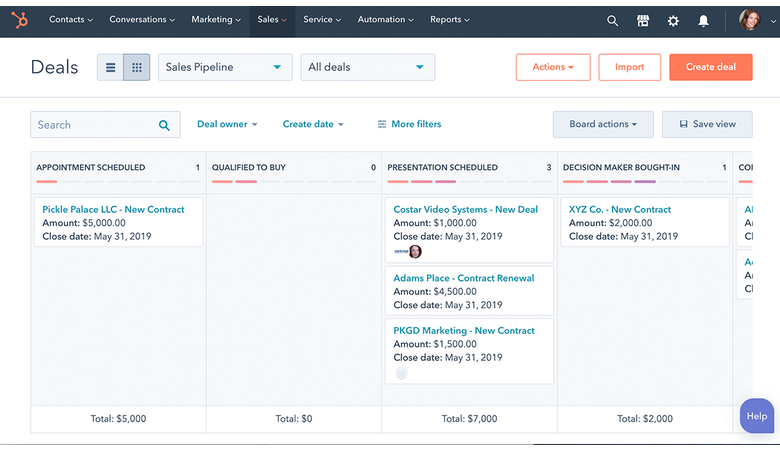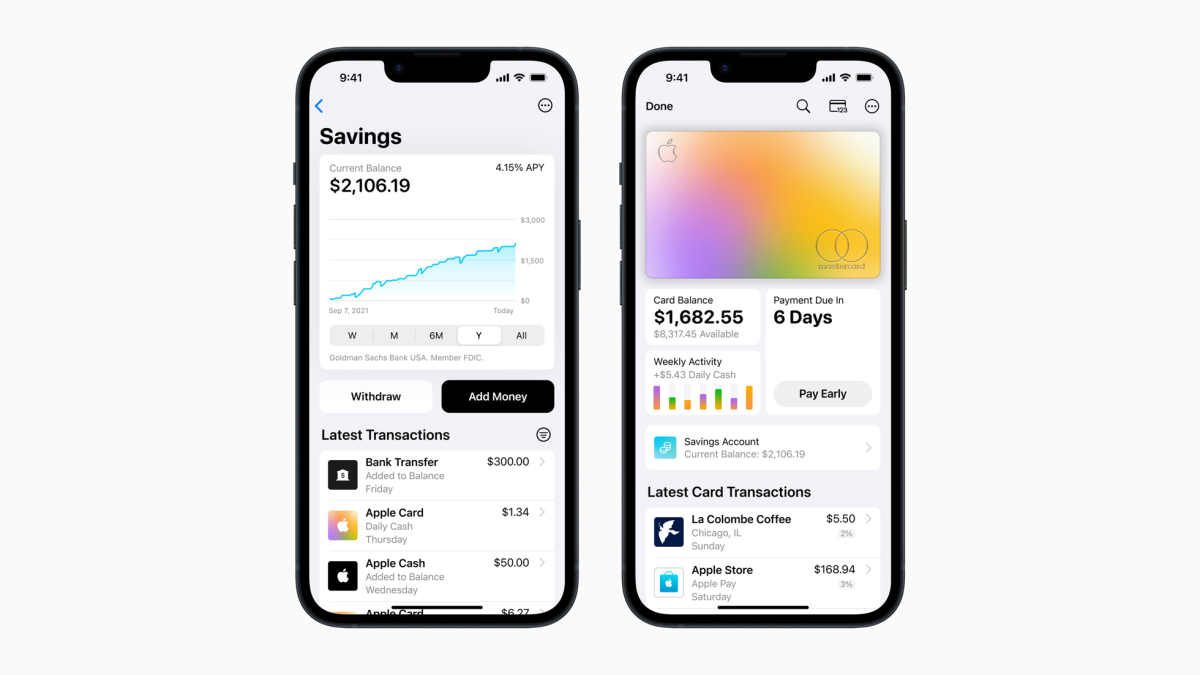Focus on the important things
No time right now?
display
Much is unclear this year. It is therefore all the more important for sales to have a strong rock in the never-ending surf: their sales software. But that’s often anything but help, as HubSpot found out.
Above all, software should be able to do one thing: make users’ lives easier through functionality and good usability. But in one Survey by the CRM platform provider HubSpot came to light: Sales leaders are dissatisfied with their software stack. Half of the respondents stated that the software used in the company was too difficult to use; 76 percent indicated that the team would not use all of the tool’s features anyway. On the other hand, over 90 percent of the participants know about the importance of good usability in sales software – but hardly anyone is apparently really satisfied. 18 percent even stated that they had already lost potential and thus sales due to inadequate software.
How can sales managers create more time for their actual tasks? A capable and easy to use CRM system like HubSpot can be the answer. (Screenshot: HubSpot)
Nice outside, but ugly inside
If you look at the profiles of some sales leaders, you will notice that people like to write about “exceeded goals” and “crazy Q4 runs” – despite or perhaps because of the currently difficult times, depending on the industry and person. What is not mentioned anywhere, however: the often fragmented everyday work that underlies these goals. The manual data transfers from Excel spreadsheets or the redundant sync meetings between sales and marketing tend to go unmentioned – and have no place in modern day-to-day office life.
Because, on the other hand, customer requirements are constantly growing. A smooth customer journey is expected, from the registration for the newsletter to the purchase to after-sale support – regardless of whether it is an end customer in the B2C or key account in the B2B area. An employee who is not up to date can blow a bad-tempered customer out of their skin and leave the company in a bad light – and that’s only because there is no standardized database. Especially in the current stormy times, sales leaders, marketers and Customer service employees tackling other things and having them in mind than making updates manually and asking about the current status of the situation every morning. Because that’s exactly what CRM software is for – but it’s often more of a curse than a blessing.
Wanted: A CRM that everyone benefits from
In principle, it could be as simple as that: Imagine a clear, visual dashboard showing the entire sales pipeline in real time – with detailed reports on the activity and productivity of the team as well as the performance of the individual employees. All data is quickly and easily at hand so that you can intervene if necessary, give tips or express praise – without having to compare different sources with one another and merge them again in a separate location. One look in the morning would be enough to see the most relevant updates and get in exactly where the customer expects it. Two points could be gained in this way: in company-wide information and in time management. Because the latter in particular has been lost to many sales managers.
According to the HubSpot survey, many spend their working day doing very different tasks than they originally intended. Instead of helping your team with deal closing, coaching them or giving feedback at the right time, they spend a large part of their time creating reports or administrative tasks. It should be clear to everyone involved that no new key account or sales record will be landed. But that must be exactly the goal.
The solution? A comprehensive digital strategy is needed – with a powerful, easy-to-use CRM system as the core. A core that brings marketing, sales and service teams together. Because in order to be successful in today’s digital world, it is no longer enough for a product or service to keep what it or it promises. That is assumed. Instead, it is now more important than ever that companies have a consistent and complete view of their customer data. Because this data provides information about the points of friction and frustration there are during the customer journey. Only with this knowledge can solutions be found in the interests of the customers, which then lead to truly remarkable customer experiences. Today’s executives should be able to encompass the entire sales process of their company with one software – but the reality is different. Many CRM systems are far from being user-friendly enough, and many functions are too complicated to actually be used.
The HubSpot Sales Hub: finally taking care of the important things
The Sales Hub, as part of the CRM platform of the international company HubSpot, provides a remedy here. The solution combines the feature stacks of CRM and sales, inbound marketing and customer service on a holistic platform – and thus helps companies to grow sustainably.

From the initial contact to the signed offer, everyone keeps an overview at all times. (Screenshot: HubSpot)
The Sales Hub supports sales exactly where it is needed: create fewer manual reports, combine fewer sources and sit in significantly fewer meetings. With the HubSpot Sales Hub, employees have equal access to relevant data and status updates, without constant scrutiny or sync meetings. All tools and data are on one central, powerful, but easy-to-use platform that the entire team enjoys working with. This leaves more time for what really matters: the customer.
The enterprise version of Sales Hub was recently available, an upgrade for the enterprise area with more extensive functions – with the same user friendliness. You can find more information about CRM for the enterprise class here.



